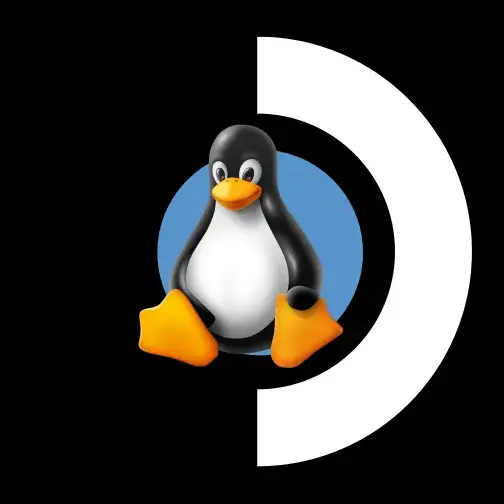

Frogs do enjoy a good sauna. 😊
If that’s your line, then more power to you. I’m happy to live in a world where people make choices I don’t agree with - but I will always respect those who make an informed choice over people who let fate or advertising make their choices for them.
However, I also wouldn’t blame others for looking for an exit. Or testing other waters. Or at least thinking the grass might be greener elsewhere.
If you do continue to use Plex, consider taking a weekend for a hobbyist project such as a VPN server (OpenVPN or Wireguard are classics and broadly indistinguishable from work traffic) or a reverse proxy web server (nginx proxy manager is a good place to start). Not only are these useful and fun†‡, but they defang one of Plex’s most marketable features - the automatic NAT traversal.
†I put 3 VPNs on all my phones - a split tunnel to home; a full tunnel to home; and a commercial VPN with international egress points. The split tunnel lets my phone access my home services from any network it’s connected to (without impeding traffic destined elsewhere; the other ones are for coffee shop use). I can also give out access to the split tunnel to trusted friends to access my guest network. Also have a site-to site with a friend for off-site backup (with an encrypted tarball of my configs).
‡For the reverse proxy, I enjoy stapling it to my router’s public 80&443 and using DDNS to point vanity.example and *.vanity.example to my home public IP (I like to live dangerously; cloudflare tunnel & pangolin exist, too). Inside my home I have *.internal.vanity.example and *.home.vanity.example for the management webUIs and intranet versions of services so that they can be accessed via https with a secure lock.
Having your own tools to build your own cloud - on a raspberry pi, or an old spare laptop or retired desktop, or a second-hand mini PC is worth the hassle, particularly if you are using Plex baked into an Nvidia shield or other proprietary product, can offer options - and it never hurts to have options.
… But at this point I’m well and good into preaching to the choir.
Tl;dr: No hate to Plex users, but maybe have a plan. 😅







You’re not wrong. And the line between evil and laziness here is too messy for me to sort out. We got into this mess because the internet was originally designed as a communication tool between business, university, and government. Specifically, Bell Labs connecting universities as part of the military project DARPA. Since they were connecting dozens of sites, the 4 billion addresses (2^32) seemed like plenty.
Skipping over dialup and forward to early broadband, the issue of the number of addresses problem was ‘solved’ by a clever firewall technique network address translation (NAT). It was adversited as a security feature, but it allowed ISPs to give one public IP per customer. This standardized things for them - they give you one IP and you multiplex it as you wish. However, since the average customer wanted a turnkey solution, the ISPs would then toss in the modem as a rental. (Also, as enshitification hit this rental modem started getting more user hostile.)
But at this point ISPs are engorged and lazy and redoing everything is a chore, so they got one IPv6 space for everyone, and set up their IPv6 servers to assign chucks of that space based on your assigned IPv4 address. Easy-peasy! Now none of their other management or billing systems have to change! Of course, now your v6 space moves anytime your v4 space does but -they always have those business accounts to sell you …
A diamond in the rough: When I was younger, working at a data center and IPv6 was new, I found this gem coupled with IPv6 world day (via Reddit): https://tunnelbroker.net/
Hurricane Electric was/is happy to give you a free static IPv6 /48 prefix, and you could tunnel your home connection directly to this (like a site to site VPN). Their catch is if you start pushing significant traffic you’ll have to pay market rates. But if your goal is to add a free static IPv6 frontend to your home network, this has been here the whole time.
Similarly, I’ve read Cloudflare’s Terms of Service [privacy policy, et al.] and they’re fairly tame compared to many. I’m also partial to their WARP technology. The idea is the end user’s traffic is encrypted and sent to any of Cloudflare’s servers and from there they can then bounce to anywhere in the world (a handy trick if you need to get around a great firewall or other tools of censorship). If your home lab uses Cloudflare’s tunnel, and your phones use WARP, the only thing a third party can see it that you’re using the largest CDN in the world - which is sorta a ‘well, duh’ statement. Cloudflare’s schtick is they don’t need limits - they can flood you home connection and it wouldn’t be a blip on their radar. However, they need to run variations of these technologies to operate their primary business. So making a copy for you to use is almost trivial. (And if you go viral and suddenly need a CDN, I’m sure they can sell you some)
Tl;dr: you’re not wrong, but the desert has water in it, if you know where to look.